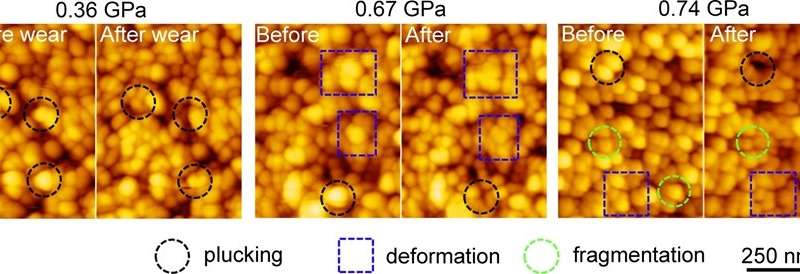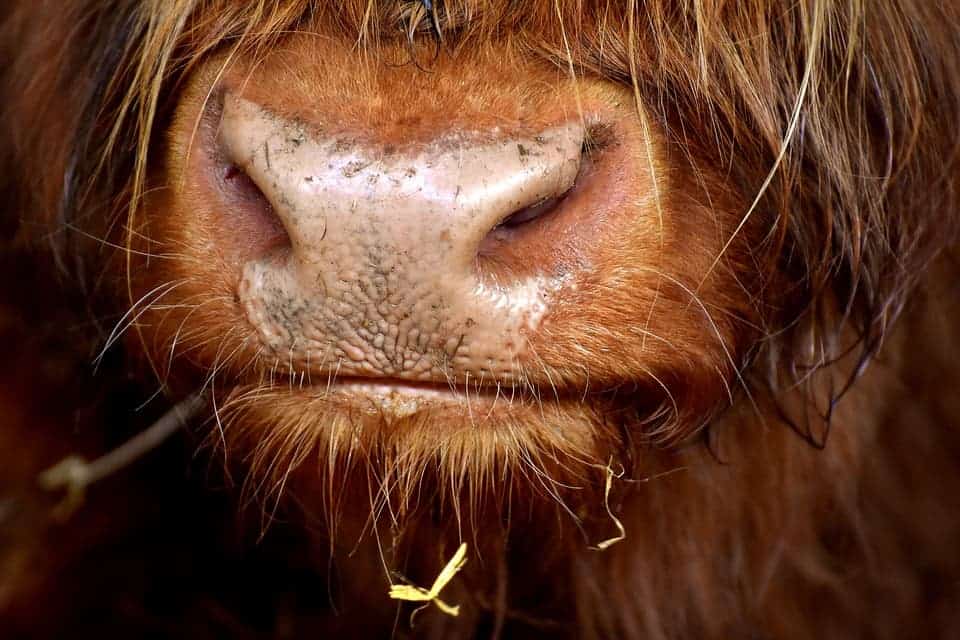Oral hygiene is important for teeth and gum health but despite our best efforts, the enamel still suffers wear and tear. A new study found that no matter a person’s diet, the act of chewing food wears teeth down at the nanoscale.
Peter Ungar, an anthropologist, and Ryan Tian, associate professor of inorganic chemistry, both at the University of Arkansas, worked with Chinese colleagues at the Southwest Jiaotong University in Chengdu to study the different kinds of wear on the nanostructures that make up tooth enamel.
Enamel is the outer layer of each tooth and is the hardest, most highly mineralized substance in the human body. It’s made of ribbon-like strings of nanoparticles called hydroxyapatite crystallites, which are stacked on top of each other and glued together by proteins. Enamel is actually translucent, so you can see right through it. Dentin, the bulk material of any tooth, is what’s responsible for tooth color — whether white, grey, or yellowed.
Using high power microscopes, researchers imaged the surface of human molars as they applied pressure using tips made of different kinds of materials. This simulated the pressure created on enamel when crushing food. They also moved the tip across the surface of the molars, simulating the action of teeth moving against each other when eating.
Researchers found that scratching damaged molars more than indentation. In other words, blunt force was less damaging than sharp objects scraping against teeth, i.e. chewing. There was visible damage in both cases, nevertheless.
Three kinds of defects on the surface of enamel were reported — plucking, deformation, and fragmentation.

Nanoscale crystallites that make up tooth enamel before and after researchers applied pressure. Credit: University of Arkansas.
Plucking happened when the crystallites were separated from each other. When the force was increased, deformation occurred which represents the bending and squeezing of crystallites. Applying even more pressure caused the chemical bonds holding the crystallites together to break, resulting in fragmentation.
“Hydroxyapatite crystallites are the fundamental units of enamel, each less than 1/1000th the thickness of a human hair,” said Ungar. “Most research on tooth wear to date has focused on effects at much larger scales, but we have to study enamel at this finer level to truly understand the nature of how the hardest tissue in our bodies resists wear and tear.”
Understanding how chewing damages teeth at a fundamental level is important not only for clinical dentistry but also for seemingly unrelated fields like evolutionary biology. This basic understanding could help some scientists spot new clues from archaeological remains.
The findings in the surface tribological chemistry can help us understand the nature of the interfacial chemical bonding between the nanoparticles that Mother Nature uses to make biominerals of all types on demand,” said Tian.
Scientific reference: Enamel crystallite strength and wear: Nanoscale responses of teeth to chewing loads, Journal of the Royal Society Interface (2017).










